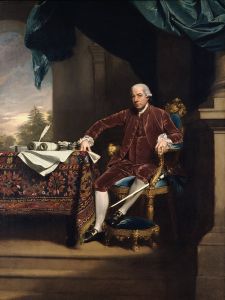
Grover Cleveland
A hand-painted replica of Thomas Eakins’s masterpiece Grover Cleveland, meticulously crafted by professional artists to capture the true essence of the original. Each piece is created with museum-quality canvas and rare mineral pigments, carefully painted by experienced artists with delicate brushstrokes and rich, layered colors to perfectly recreate the texture of the original artwork. Unlike machine-printed reproductions, this hand-painted version brings the painting to life, infused with the artist’s emotions and skill in every stroke. Whether for personal collection or home decoration, it instantly elevates the artistic atmosphere of any space.
The painting Grover Cleveland by Thomas Eakins is a portrait of the 22nd and 24th President of the United States, Grover Cleveland, created by the renowned American artist Thomas Eakins. Eakins, known for his realist style and focus on anatomical precision, painted this work in 1890. The portrait was commissioned during Cleveland's time out of office, between his two non-consecutive presidential terms (1885–1889 and 1893–1897).
The painting depicts Cleveland seated in a formal pose, reflecting his stature as a prominent political figure. Eakins employed his characteristic attention to detail, capturing Cleveland's physical presence and conveying a sense of dignity and seriousness. The portrait is notable for its subdued color palette and realistic representation, hallmarks of Eakins' artistic approach. Unlike many idealized portraits of political leaders, Eakins' work emphasizes realism, portraying Cleveland as a grounded and approachable individual.
Thomas Eakins was one of the leading American painters of the 19th century, celebrated for his portraits and his dedication to depicting subjects with authenticity. His works often focused on individuals from various walks of life, including scientists, artists, and public figures. The Grover Cleveland portrait is one of several works by Eakins that capture prominent figures of his time.
The painting is currently housed in the National Portrait Gallery in Washington, D.C., where it is part of the museum's collection of presidential portraits. It remains an important example of Eakins' contribution to American art and his ability to document historical figures with a sense of realism and humanity.
This portrait is significant not only as a representation of Cleveland but also as a reflection of Eakins' artistic philosophy, which prioritized truthfulness and the study of human form over embellishment or romanticization.





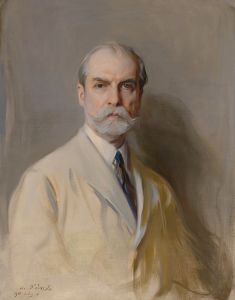

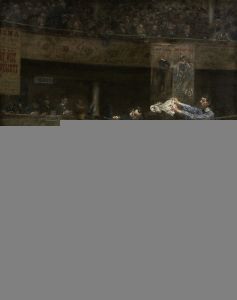
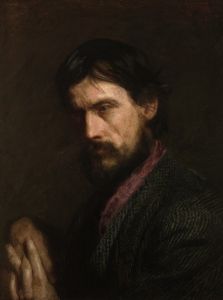

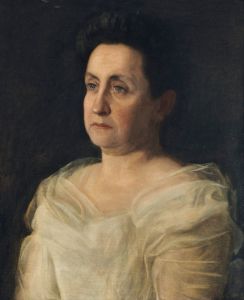
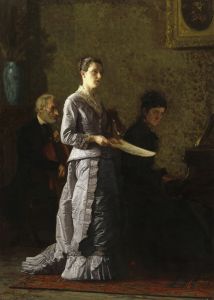
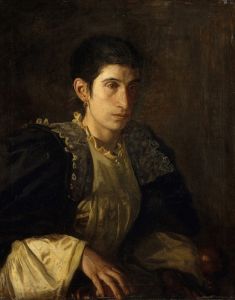
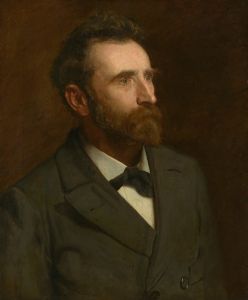
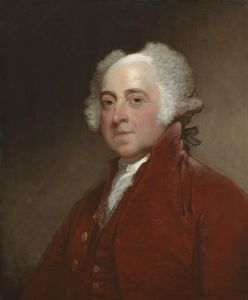
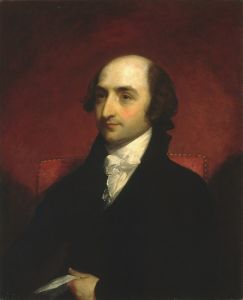
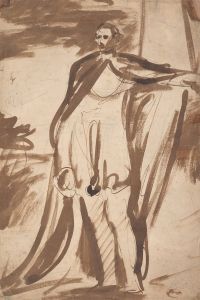
![Graphic designs for the Presidents Room of the ‘Knickerbocker’ Longchamps Restaurant, 41st Street and 1450 Broadway, New York, NY.] [Portrait of Lincoln](/imgs/249258/s/winold-reiss-graphic-designs-for-the-presidents-room-of-the-knickerbocker-longchamps-restaurant-41st-street-and-1450-broadway-new-york-ny-portrait-of-lincoln-e2174e99.jpg)
